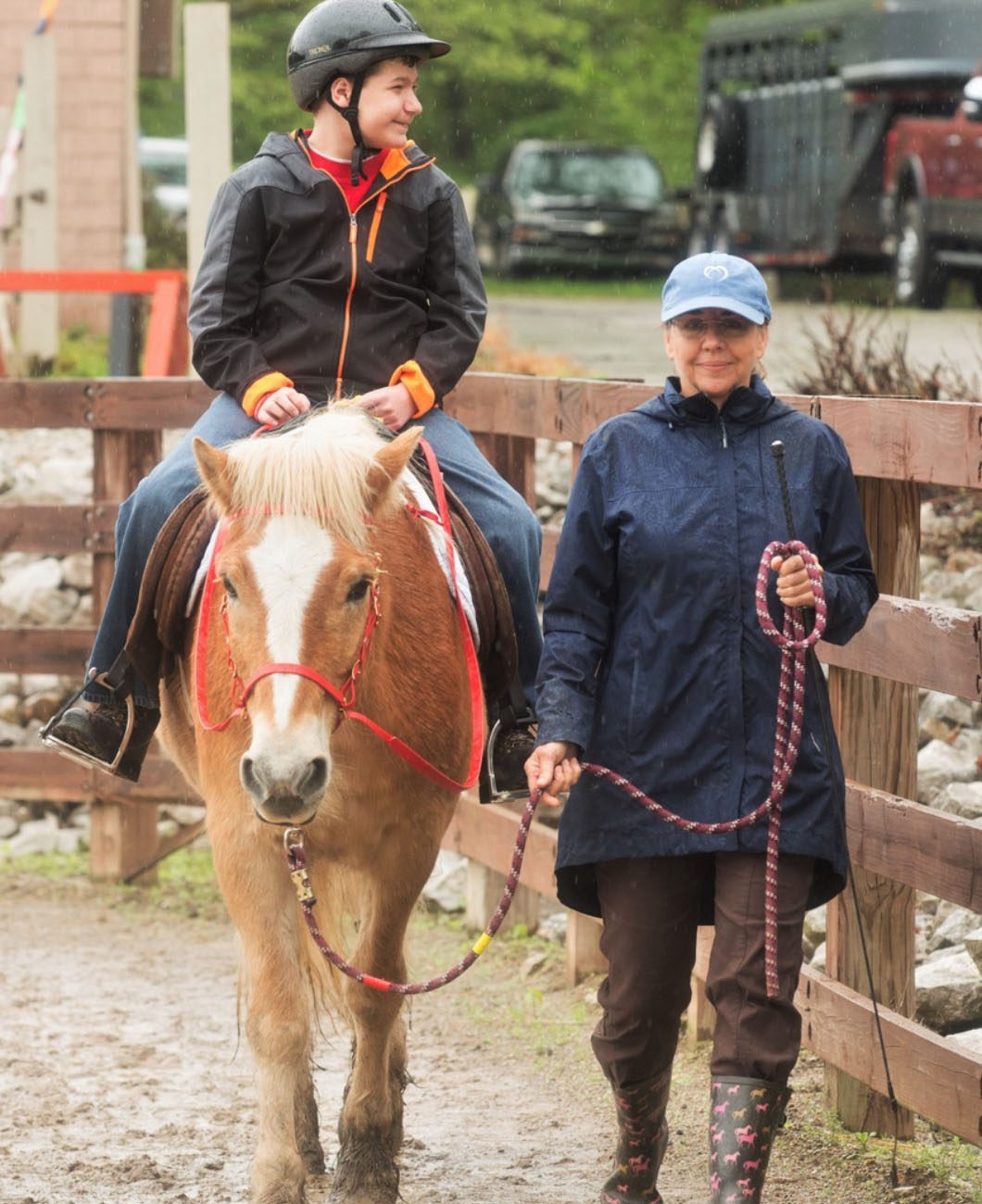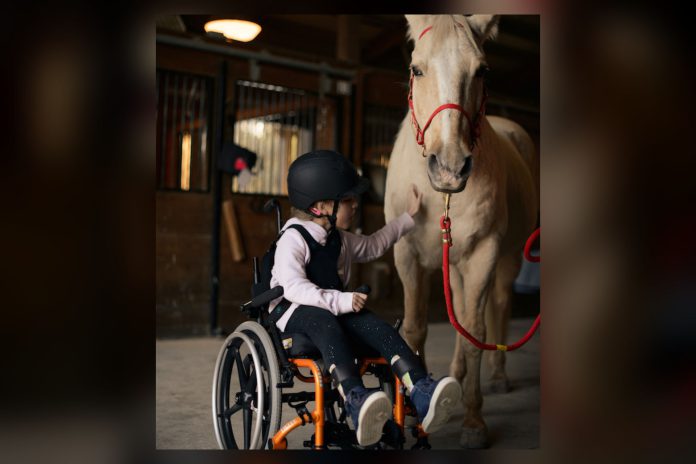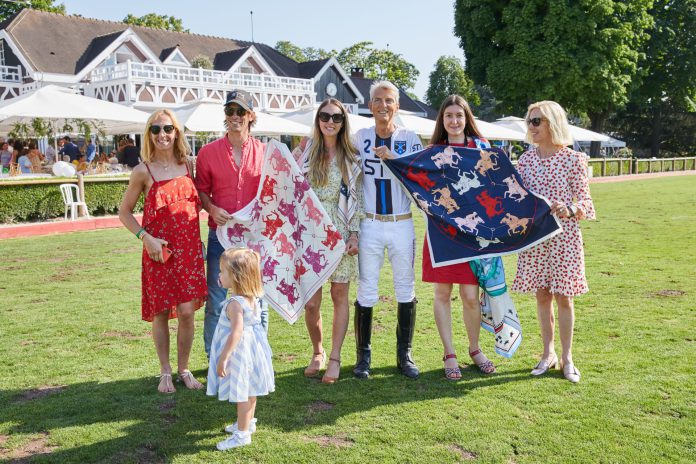1) What does Agape do?
We believe that healing and joy thrive in an environment of unconditional love, like that manifest by a horse, creating a haven for unbridled hope.
2) What are the inspiring forces behind the non-profit?
Agape is a special place where people can connect and develop a relationship with the four-legged friends, volunteers, and internationally certified instructors. Horses and humans have a special bond, and, at Agape, we can facilitate this experience to provide hope and healing through Equine Assisted Activities and Therapies (EAAT). We have been a Premier Accredited EAAT Centre through the Professional Association of Therapeutic Horsemanship International since 1986. We are a unique therapeutic resource for individuals, families, schools, and medical and mental health professionals. Through a robust variety of horse assisted programs, Agape impacts the physical, mental, behavioural, and social challenges of people with special needs and youth at risk. It is our belief that participants can experience healing and joy in an environment where unconditional love is the driving force
3) What inspired Cheryl Miller into taking those five horses out which eventually sowed the seed of Agape?
Mrs Miller was a school teacher and saw children with special needs on a daily basis. This inspired her to take the horses to a summer camp on the south side of Indianapolis that served special needs children for 10 weeks through the summer. Often, the kids would tell their parents that horseback riding was the favourite part of their week at the camp. These parents then started asking where their kids can do therapeutic riding year-round and that is how Agape was born, into a year-round centre and program.

4) What can one expect from the mini-visits?
Memory Lane began as a pilot program in partnership with Joy’s House. Joy’s House is a non-profit adult day service that offers a safe and embracing community for clients. Many of the clients are no longer able to stay at home alone safely due to basic aging or a variety of diagnoses, including Alzheimer’s disease, Parkinson’s disease, Dementia, Autism, Multiple Sclerosis, and many other physical or mental challenges. Agape is fortunate to have the ability to provide mobile EAAT programs with miniature horses. For Memory Lane and the pilot with Joy’s House, Agape brings two miniature horses to the centre for an hour-and-a-half for six consecutive weeks. In collaboration with the professional Joy’s House staff, trained Agape volunteers and certified instructors from Agape provide structured activities focused on developing physical and cognitive skills. The program offers a fun and engaging way for aging adults to build and strengthen critical muscles and skills that impact their quality of life. The program has been successful and Agape is committed to serving the aging community to improve their quality of life through the Memory Lane program.
5) Share with us about the elderly engagement program “Memory Lane”.
What makes Memory Lane unique is that we utilize the natural benefits of equine interaction (relaxation, engagement, memory stimulation) to facilitate a structured curriculum focused on strengthening core physical and mental objectives to improve the quality of life. Activities are designed to improve mobility, socialization, memory, and muscle tone. For example, clients develop fine and gross motor skills while grooming horses, practice mobility by leading miniatures through simple obstacle courses, and exercise memory skills by reminiscing about their own experiences with the horses.
6) A horse is unbeatable company. Do you think engaging in sports with such an exquisite companion serves the purpose of enhancing well-being?
The horse is a beautiful companion and is very versatile. They love to perform a job, be it social, and serve the rider. So, it feels fitting that polo would be a cohesive way to bring all those things together for the wellbeing of the horse.
7) How many horses does the establishment have and how do you manage the physical as well as emotional wellbeing of the horses?
We have 28 horses between our two locations in central Indiana. Our herd loves being outside in their lots and pastures with their mates throughout the day. They receive regular exercise, grooming and massages.

8) Tell us how therapeutic riding works?
Therapeutic riding provides benefits in areas of health, education, sport, recreation and leisure. Because horseback riding rhythmically moves the rider’s body in a manner similar to human gait, riders with physical disabilities often show improvement in flexibility, balance and muscle strength. Riding stimulates the tactile senses, through touch and environmental stimuli. The vestibular system is stimulated by the movement of the horse, changes in direction and speed. The olfactory system responds to the many smells involved in a stable and farm environment. Vision is used for control of the horse. The many sounds of a stable/farm help to involve the auditory system. All these senses work together and are integrated into the act of riding. In addition, proprioceptors (receptors that give information from our muscles, tendons, ligaments and joints) are activated, resulting in improved proprioception. Beyond the physical benefits of riding, psychologists are finding that equines may also have psychosocial and emotional value. Equine Assisted Psychotherapy (EAP) and Equine Assisted Growth and Learning Association (EAGALA) programs view these psychological benefits as individuals work with equines and address fears, anxiety or mistrust. Exercise in the fresh air of a farm, away from hospitals, doctors office, therapy rooms, or home help promotes well-being. The rider learns that an out-of-control rider means an out-of-control horse. Shouting, crying, and emotional outbursts upset the horse, which in turn frightens the rider. Riders learn to control these emotions and appropriately express them. The rider begins to view him/herself as having control over his/her world as control over a powerful animal increases.
9) What contributes to the majority of the funds raised by the non-profit?
Our funds consist of 45 per cent from program fees and 55 per cent from fundraising efforts such as special events, grants, corporate sponsorships and individual donors.
10) Tell us about the farm.
Our 13-acre farm is nestled in the country with over 70 per cent of the property wooded with horseback riding trails that lead down a river. When you drive onto the property, your blood pressure instantly goes down and you can breathe a sigh of relief because it’s so peaceful and calm. You come down the lane where you’ll see our 15-horse stable barn, indoor riding arena and pastures with our horses on both sides. As you walk out, you’ll be greeted with a beautiful white gazebo, picnic area and playground for families to sit and relax while the child is at a riding lesson.
11) How do you perceive polo, where horses are the crown jewels?
Polo is intense. It takes 100 per cent of your attention when you play. You need to be fully engaged mentally, emotionally, and physically. It’s all about power, balance, skill, communication (with the horse and others), coordination, concentration, strategy, sportsmanship, and so much more. The horse is truly the hero of the game.




